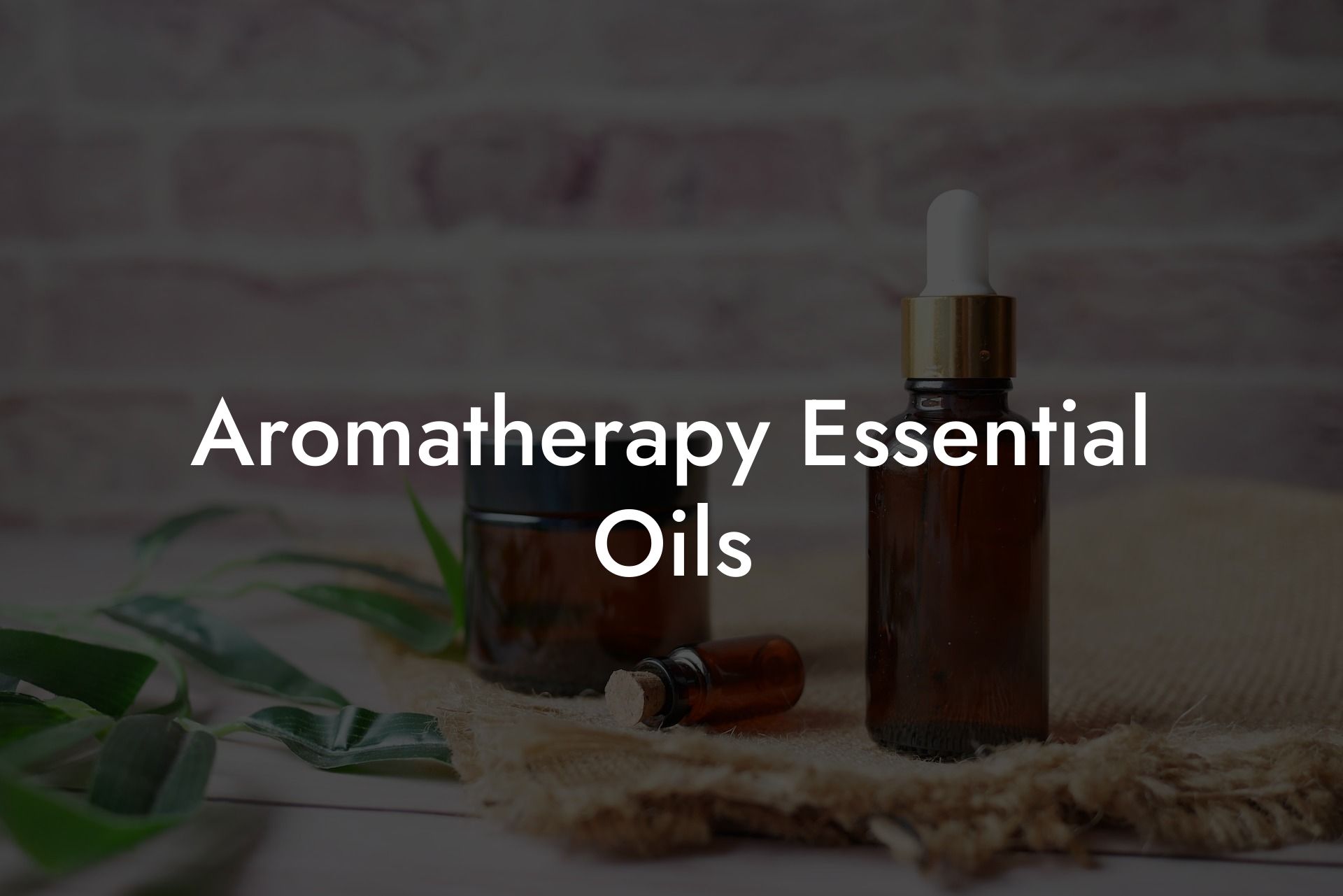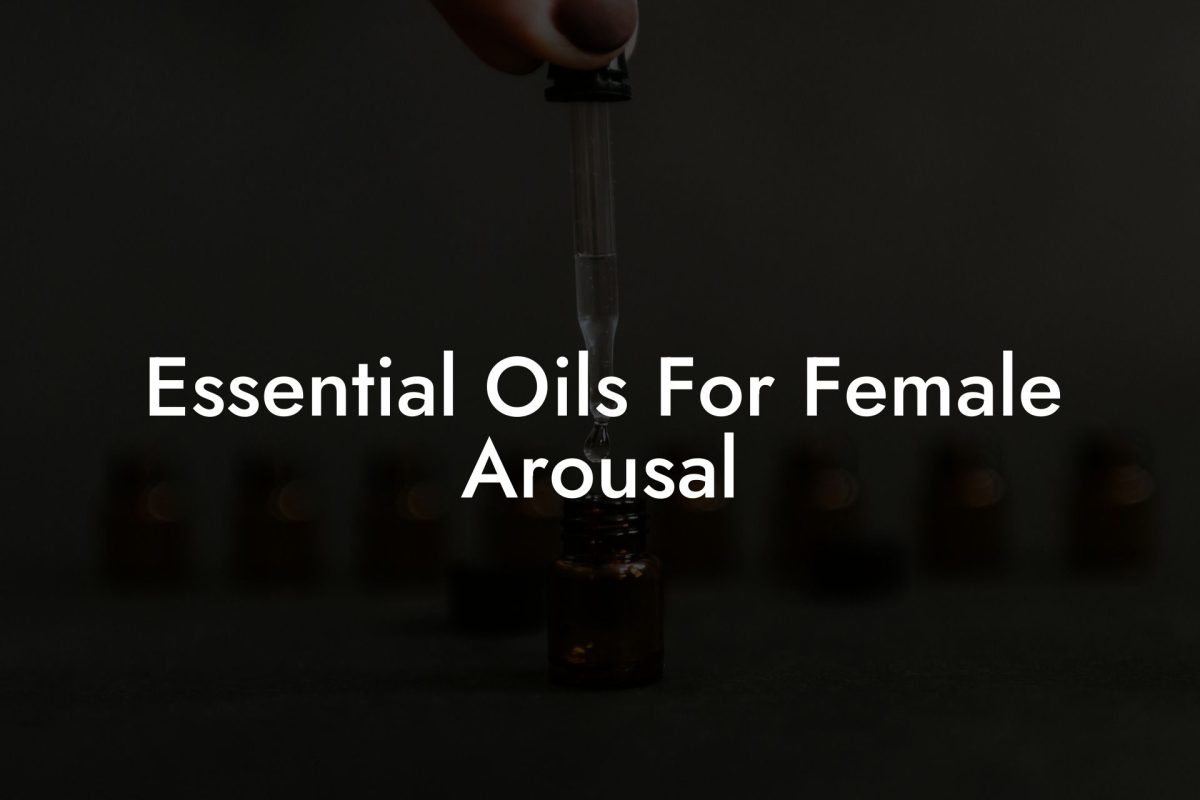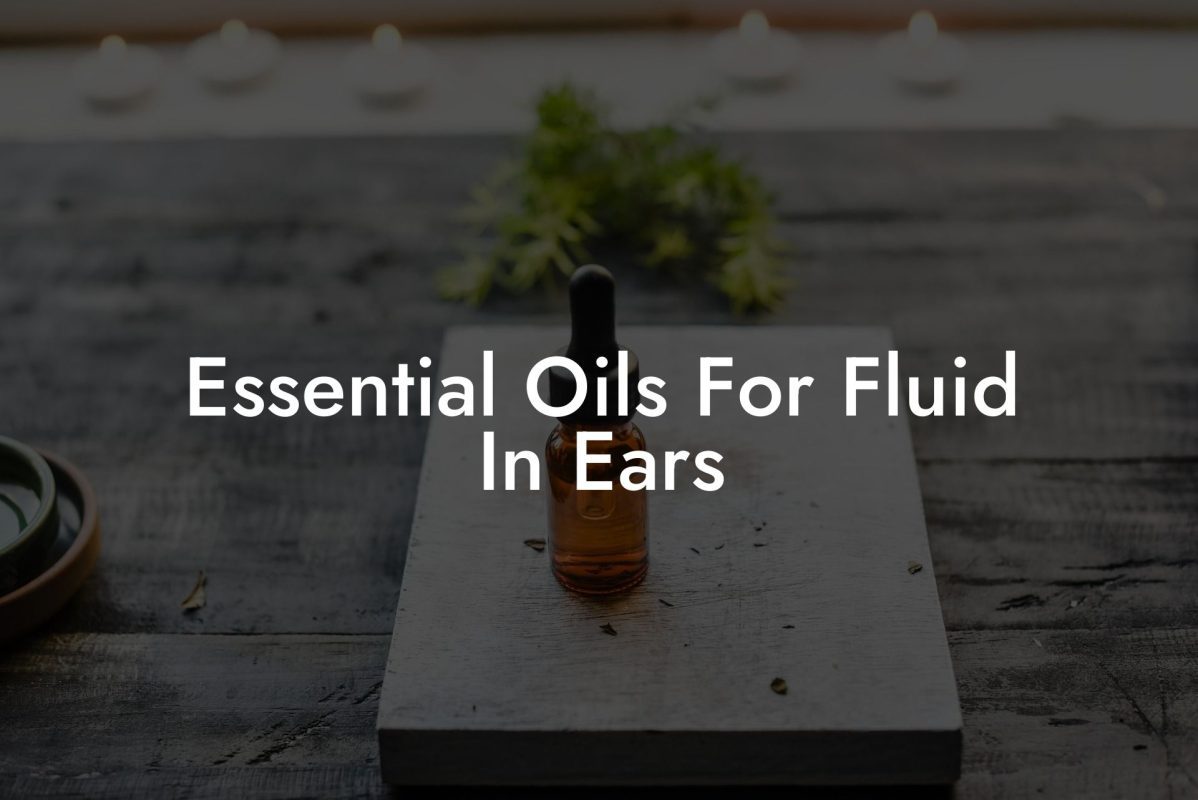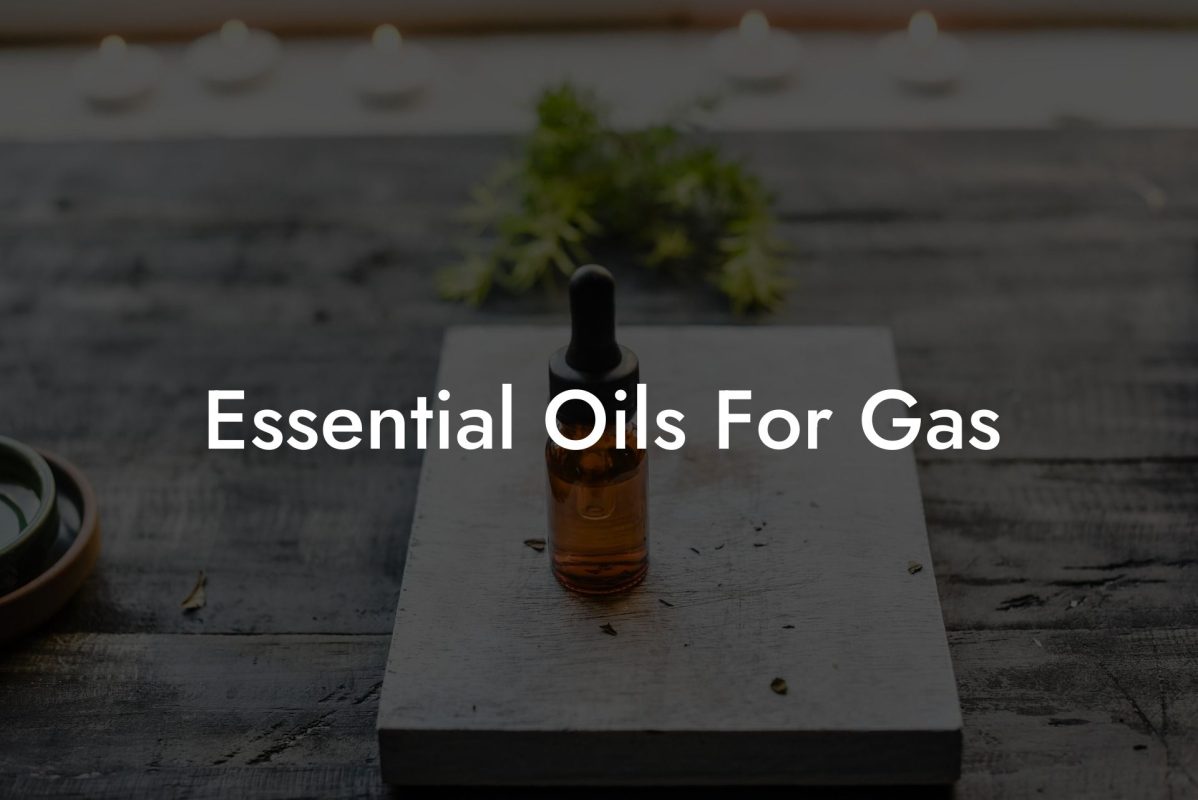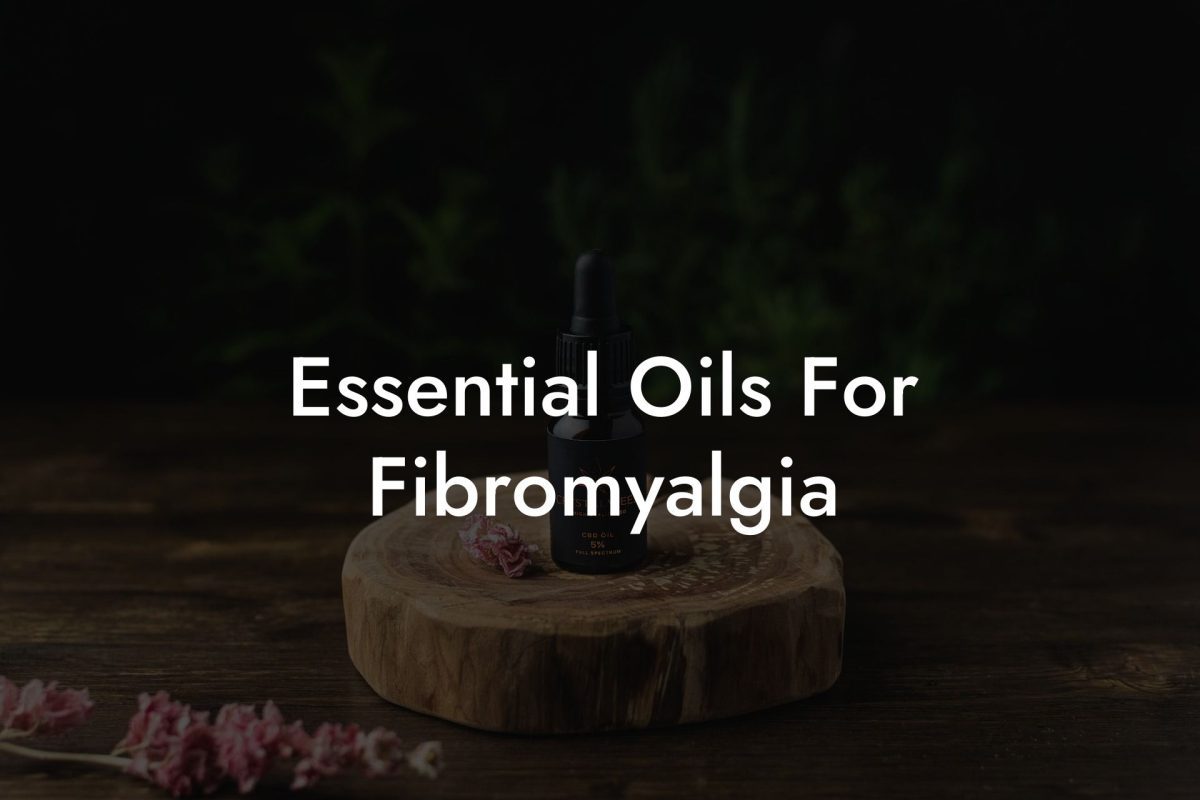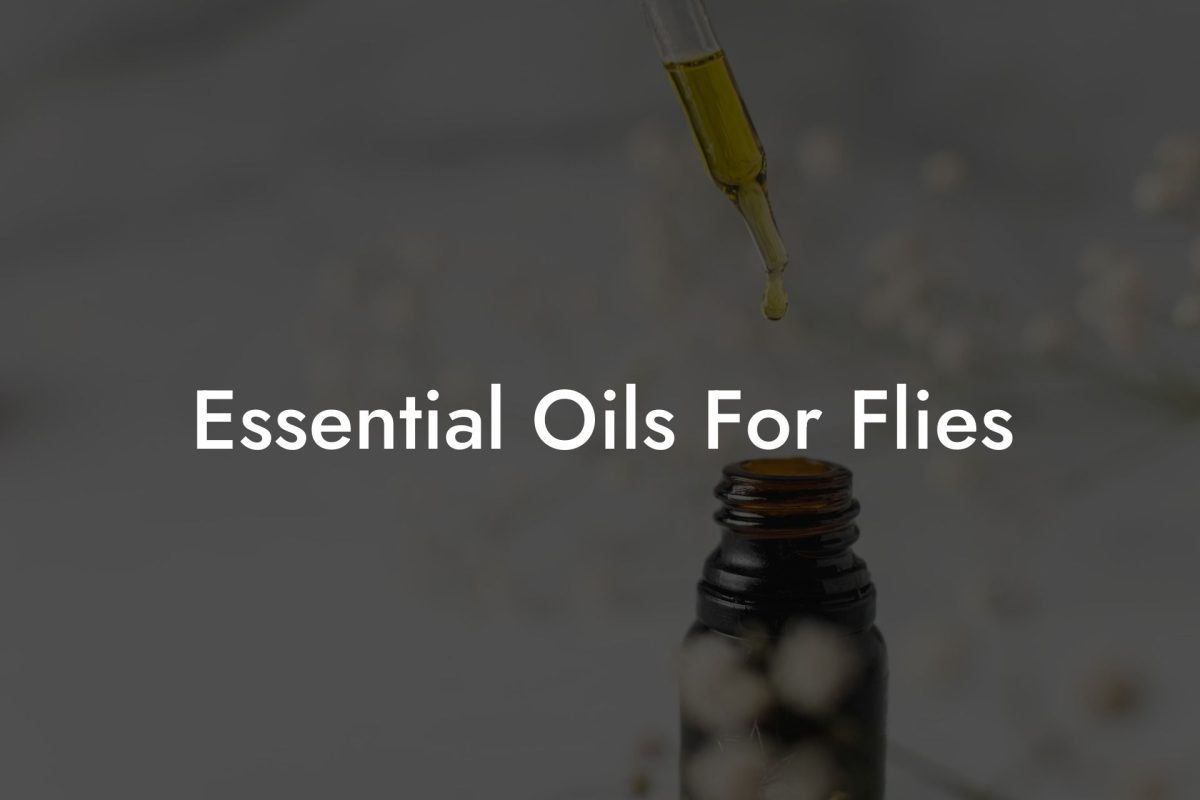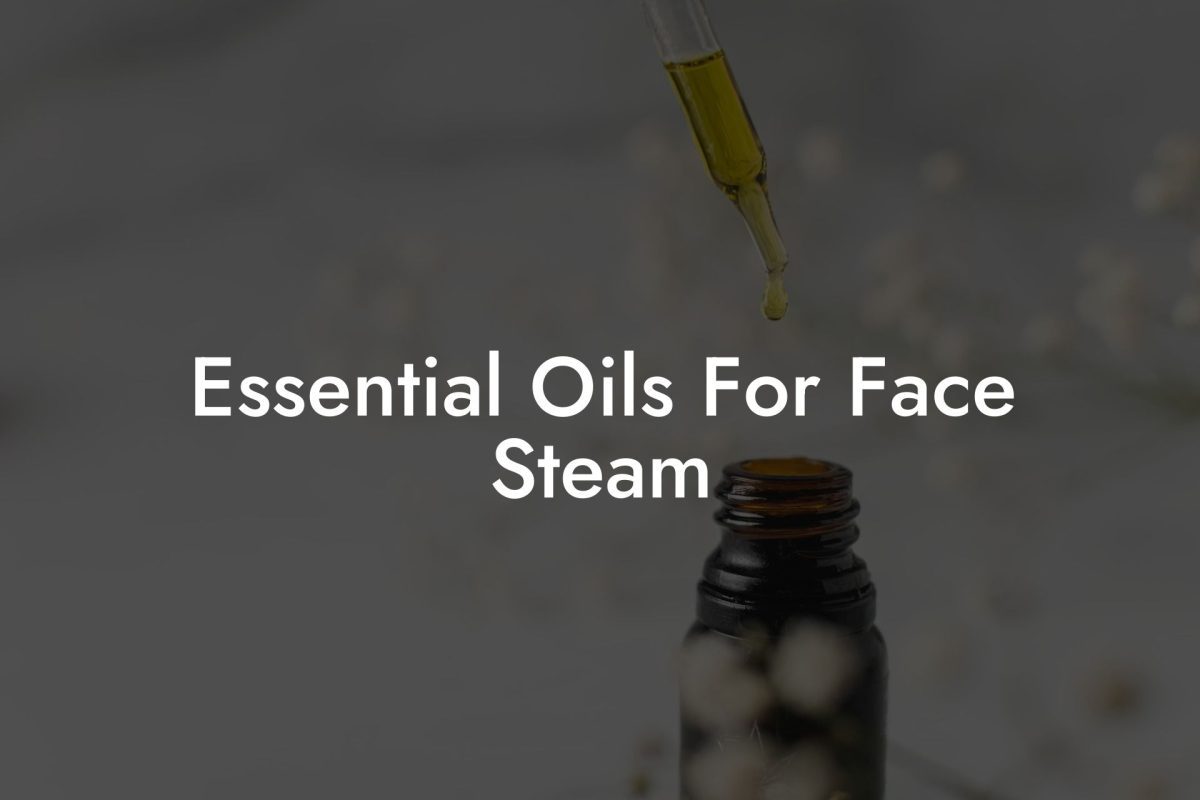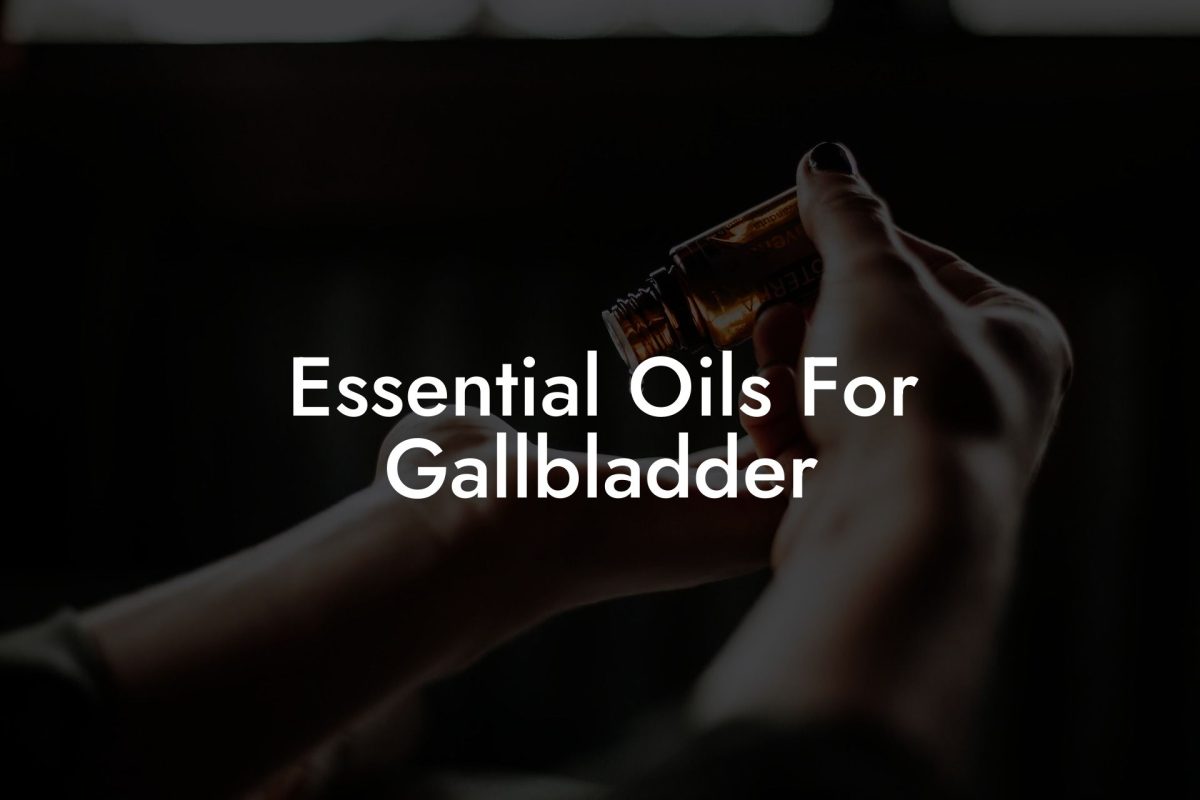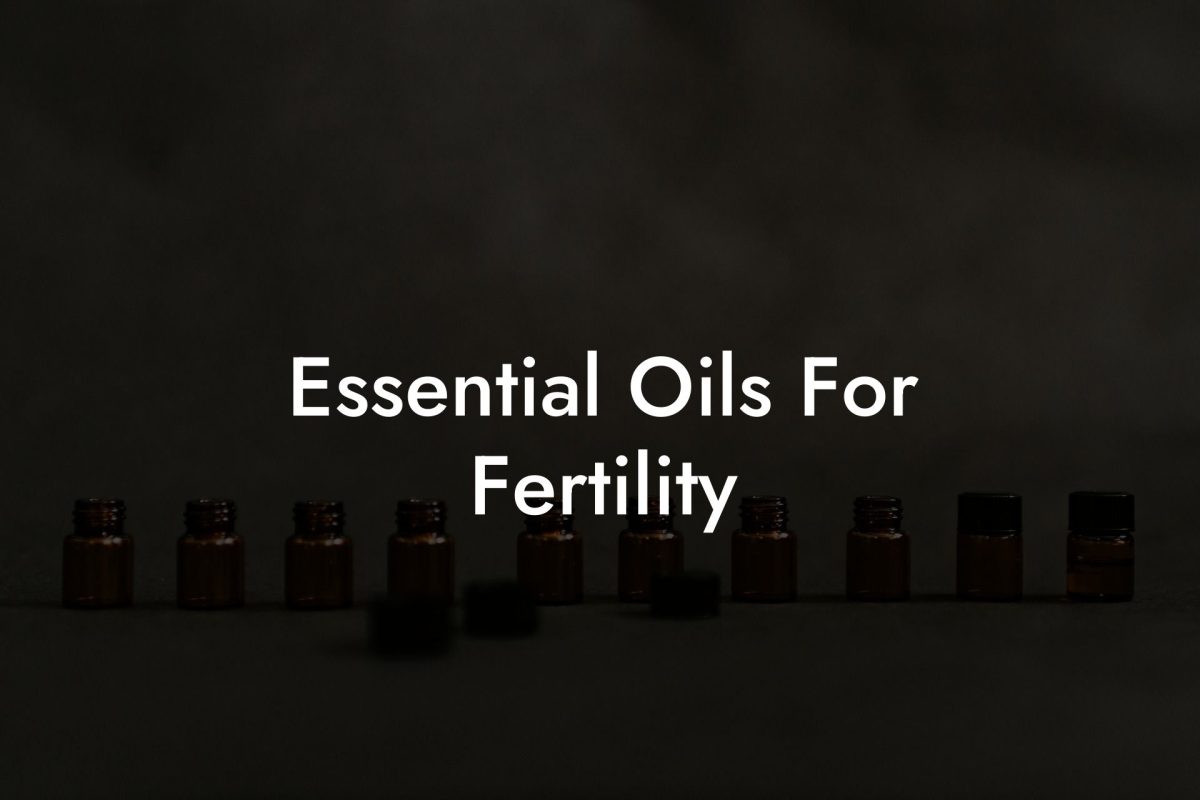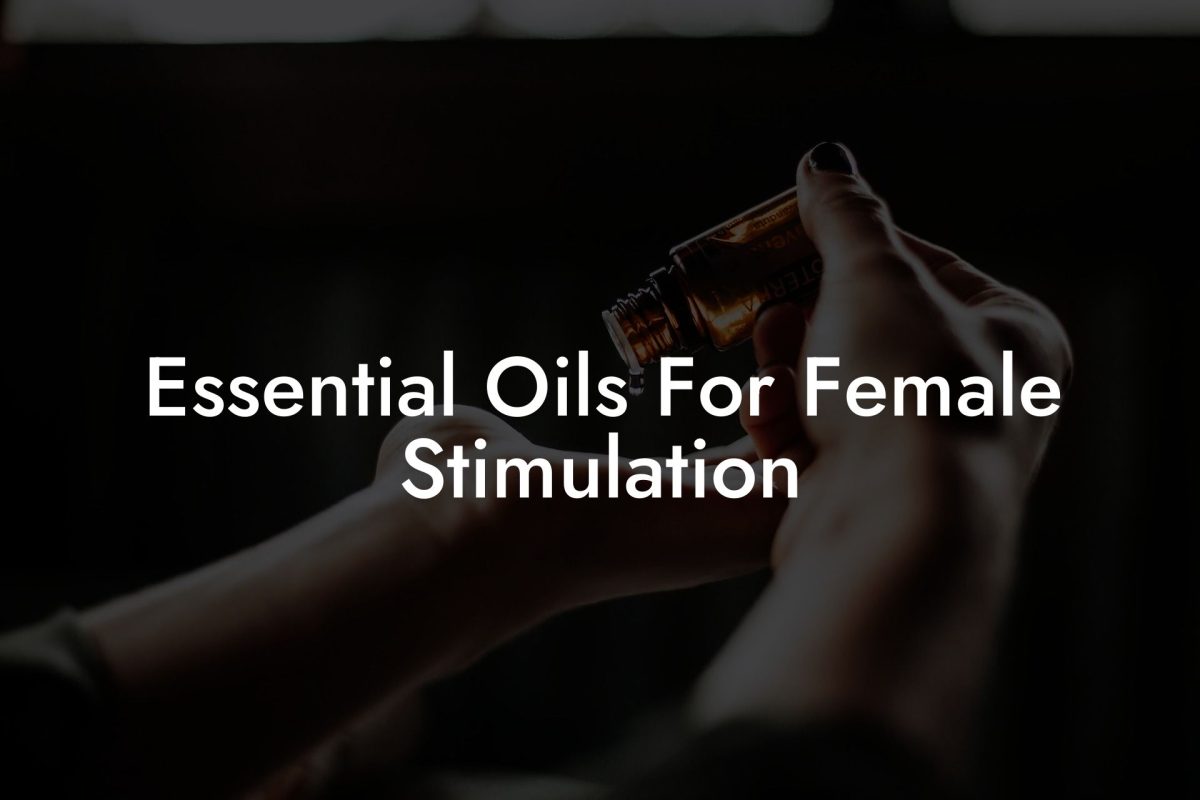Discover the world of aromatherapy essential oils and how they can enhance your physical and emotional well-being. In this comprehensive guide, we will delve into the benefits of essential oils, their origins, and how to safely and effectively use them to improve your overall health and well-being.
Table of Contents
What are Aromatherapy Essential Oils?
Aromatherapy essential oils are concentrated liquids extracted from plants, including their flowers, leaves, stems, roots, and bark. These oils carry the plant’s distinct scent and beneficial properties and are widely used in holistic medicine, skincare, and relaxation practices. The use of aromatherapy essential oils dates back thousands of years, with roots in ancient civilizations such as Egypt, China, and India.
Benefits of Aromatherapy Essential Oils
- Physical Health: Many essential oils possess anti-inflammatory, antibacterial, and antiviral properties, making them useful for addressing various physical health issues like colds, muscle tension, and skin conditions.
- Emotional Well-being: Essential oils can help alleviate symptoms of stress, anxiety, and depression, promoting a sense of calm and relaxation.
- Improved Sleep: Some essential oils, such as lavender and chamomile, are known to promote better sleep and encourage a more restful night.
- Boosted Energy and Focus: Invigorating oils like peppermint, rosemary, and citrus can help improve mental clarity, concentration, and energy levels throughout the day.
- Hormone Regulation: Essential oils like clary sage and geranium have been shown to help balance hormones and alleviate symptoms of hormonal imbalances, such as PMS and menopause.
How to Use Aromatherapy Essential Oils Safely
Essential oils are incredibly potent and should be used with care. Following proper safety guidelines will ensure you can enjoy the benefits of aromatherapy without any adverse reactions.
Dilution
Always dilute essential oils before applying to the skin. A general rule of thumb is to use a 2% dilution for topical applications, which equates to 12 drops of essential oil per 1 ounce of carrier oil, such as jojoba, sweet almond, or coconut oil.
Patch Test
Before fully committing to a new essential oil, conduct a patch test on a small area of skin to check for any adverse reactions. If irritation or allergic reaction occurs, cease use immediately and consult a professional.
Diffusion and Inhalation
Using a diffuser or adding a few drops of essential oil to a steaming bowl of water can help to safely disperse the oil’s aroma throughout your living space. Inhaling the oils can create a calming or invigorating atmosphere, depending on the oil used.
Aromatherapy Essential Oils Example:
Imagine a busy day at work with deadlines looming and tense meetings. To help alleviate stress and support focus, you could create a blend of essential oils featuring lavender (calming), rosemary (promotes mental clarity), and lemon (uplifting). Add a few drops of each oil to a diffuser to create a soothing environment in your workspace.
At the end of a long day, you could opt for a relaxing bath infused with a few drops of lavender, clary sage, and eucalyptus essential oils. This blend will not only help calm your senses but also soothe your sore muscles and promote better sleep.
Now that you have a better understanding of aromatherapy essential oils, we invite you to explore our diverse range of products and enjoy their countless benefits. Remember to share this article with friends and family who might benefit from the healing power of aromatherapy essential oils. Don’t forget to check out other guides and blog posts by Oshu Oils to continue your journey towards a more balanced and natural lifestyle.

